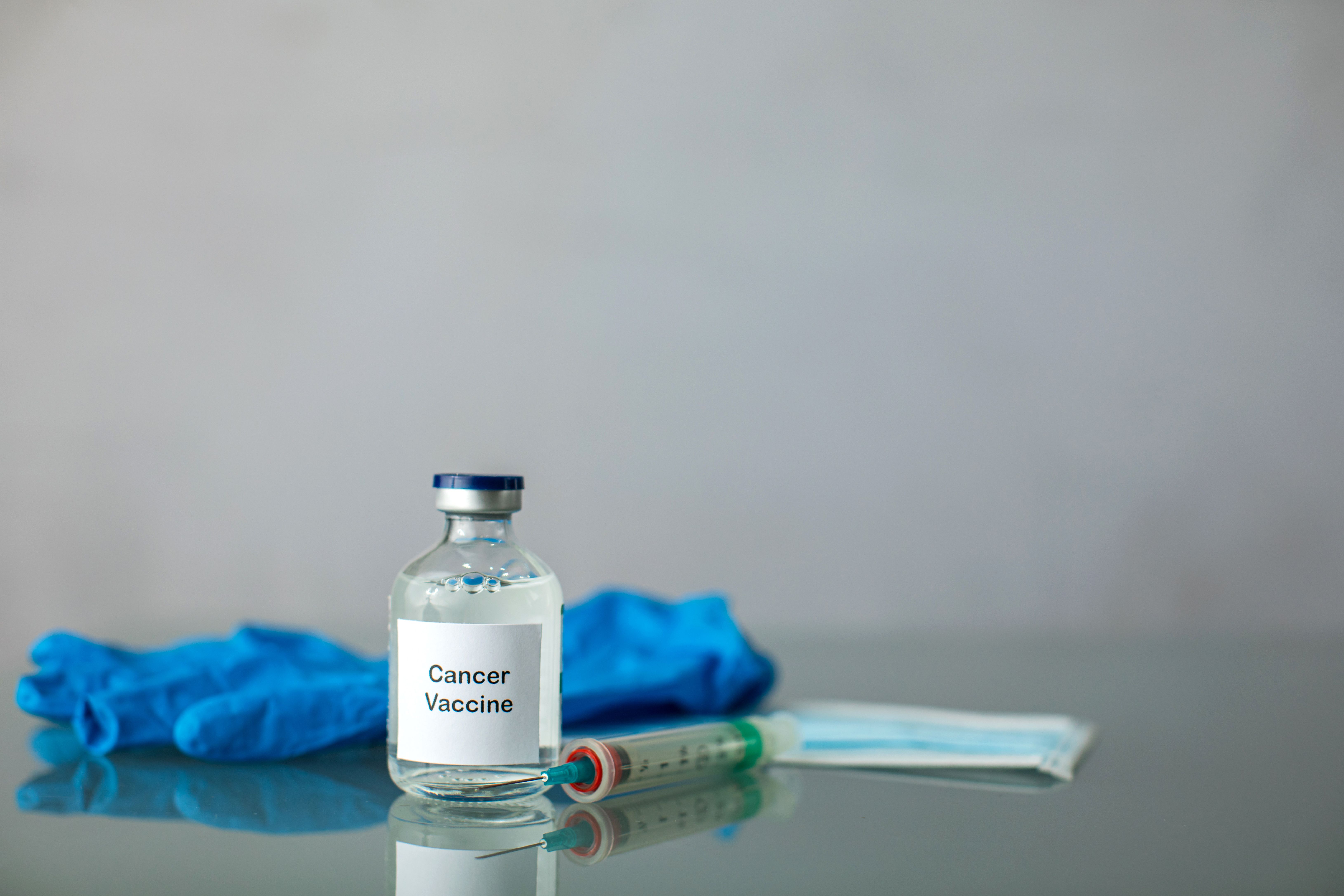Video
Laura's Diagnosis of Non-Small Cell Lung Cancer
Transcript:
Jyoti D. Patel, MD: Hello, and welcome. I’m Jyoti Patel. I’m a medical oncologist, and welcome to CURE Expert Connections®. I’m here with Laura O’Brien to talk about immunotherapy and non-small cell lung cancer clinical trials and her experience with her cancer journey. Thank you.
Laura, thanks so much for spending time with me today. Can you talk a little bit about your first diagnosis and how you found out that you had lung cancer?
Laura O’Brien: Well, it was strange. I feel that I was very lucky. I actually coughed up blood—it was a clot—one time, and I had an appointment the following day to get test results from just a normal stress test. I saw my doctor, and I explained to her that I had coughed up blood. I said, “I’m going on vacation tomorrow. I think it would be a good idea if I got a chest X-ray.” She said, “It’s probably nothing, but you know what, it’s probably a good idea. We’ll get a chest X-ray.” And 4 hours later she called me and said there was something on the chest X-ray. And I explained to her that I was going on vacation because it was something I had planned for a long time. And she said, “As long as you agree to follow up on it immediately after you get back, go ahead and have a good time,” which is what I did. I came back on a Tuesday, saw a pulmonologist on Wednesday and was diagnosed that Friday. They did a bronchoscopy on Friday, and it came back as lung cancer.
Jyoti D. Patel, MD: So after your chest X-ray, you also had a CT [computed tomography] scan, or a CAT scan?
Laura O’Brien: That was actually done in the week that I came back from vacation.
Jyoti D. Patel, MD: Wow, all right.
Laura O’Brien: So it was about 10 days after the initial X-ray.
Jyoti D. Patel, MD: And that showed that you had a tumor in your lung.
Laura O’Brien: Correct.
Jyoti D. Patel, MD: Did you have any other episodes of coughing up blood?
Laura O’Brien: No, just once, just the one time. As I look back over the summer, I think maybe I had some episodes [when] I was a little bit short of breath, but I just didn’t attribute it to anything else.
Jyoti D. Patel, MD: You’re someone who is quite active and healthy, and you were doing all your normal health maintenance.
Laura O’Brien: I was.
Jyoti D. Patel, MD: And you still are. You were doing all the normal health maintenance. You had undergone a mammography.
Laura O’Brien: Yes, yes, and I was just lucky.
Jyoti D. Patel, MD: This was the last thing on your radar.
Laura O’Brien: Exactly.
Jyoti D. Patel, MD: In retrospect, did you have any chest discomfort, any weight loss or any of those things that we think about with lung cancer?
Laura O’Brien: No. Is it normal that just coughing up blood is the indication that someone has lung cancer?
Jyoti D. Patel, MD: That’s a tough question because certainly we know that some lung cancers can be in your central airway and associated with blood. Unfortunately, for most people with lung cancer, the diagnosis is often one that is really subtle and happens over months. Lung cancer can often present in early stages with no symptoms. People may get a chest X-ray or a CT scan for another reason, before a surgical procedure or for an unrelated reason, and they’re found to have a lung tumor. We know now that people who are at higher risk for lung cancer could benefit from lung cancer screening if they talk to their primary physicians. But for many people, symptoms can be, as you said, a little bit of blood after coughing, something we call hemoptysis. It can be some nonspecific shortness of breath.
Other common symptoms from lung cancer can be intermittent chest pain or weight loss or fatigue that’s not really explained. All of those should prompt a conversation with your physician, just as you had. So after you had the CT scan, you saw a pulmonologist. They were worried about a tumor in the central part of your lung. You underwent the bronchoscopy. Do you want to describe a little bit about that? It’s a procedure in the hospital.
Laura O’Brien: It was a procedure in the hospital. It was an outpatient procedure. I was sedated, and they went in and performed a biopsy at that time. She was able to give me the results afterward that it was definitely cancer. So we got in contact with the surgeon. I was scheduled for surgery the following week. I had a PET [positron emission tomography] scan in between that time, and something lit up on the PET scan. So the surgeon said, “I’m going to do a second biopsy.” At that time they found involvement in the lymph node. That’s when they decided, “Well, we’re not going to just do the surgery,” which would have been the lobectomy. At that time, they wanted me to seek further treatment first.
Jyoti D. Patel, MD: So you went from having a nodule in your lung, which appeared on a CT scan as early-stage cancer, [in which] the cancer is confined to the lung alone. And a small amount is stage I. Stage III means that lymph nodes inside the lung are involved. And often for those tumors, we do recommend surgery right away. PET scans help us look for disease that’s either in the lymph nodes in the center of the chest or anywhere else in the body. And if we find that lymph nodes in the center of the chest are involved, we need to sample those and make sure that cancer is there. We live in the Midwest, and often people can have nonspecific lymph nodes. You can have them from pneumonia or from fungal infections. But it’s absolutely essential that we prove that cancer is there because the treatment changes completely.
And so despite having a diagnosis from a biopsy, your pulmonologist and surgeon said, “Let’s do another one.” And this is when the waiting gets a little bit tough. But another biopsy, something we call an endobronchial ultrasound, is usually how we find those lymph nodes around the windpipe. And if we find that cancer is there, patients then have stage III disease. That means that the lymph nodes in the center of the chest are involved. If the PET scan shows that there’s disease outside the chest, it’s stage IV disease. Sometimes if it’s atypical, we’ll ask for another biopsy to confirm that it spread again because disease treatment is so different.
Stage III disease is common though. We’ll see about 30,000 people in the United States with stage III disease, and we call it locally advanced disease or stage III disease. And the treatment for stage III disease is probably the most controversial in lung cancer because people can have all sorts of presentations. You can have a small tumor with a lymph node that we didn’t really appreciate until we saw your PET scan, or you can have a big tumor with multiple lymph nodes in the chest, and we say all these patients have stage III disease. But it’s really up to the lung cancer team to get the best treatment options for you, and those depend a lot on doctor preference, regional preference, patient preference, patient biology and cancer biology. And we try to put those together and come up with the best options that we can.
Transcript Edited for Clarity


